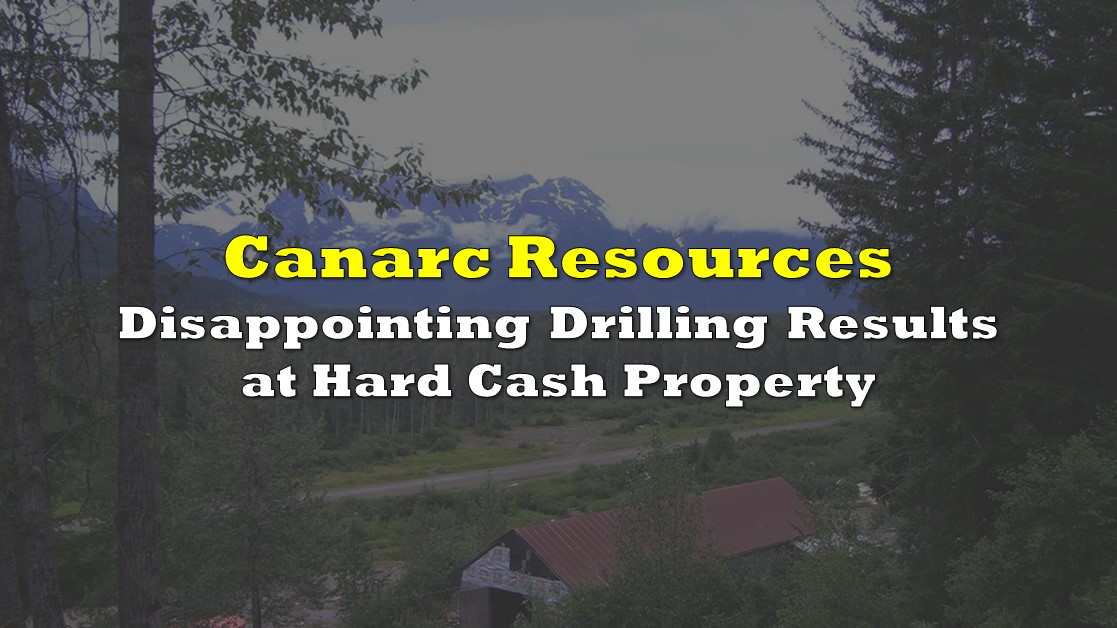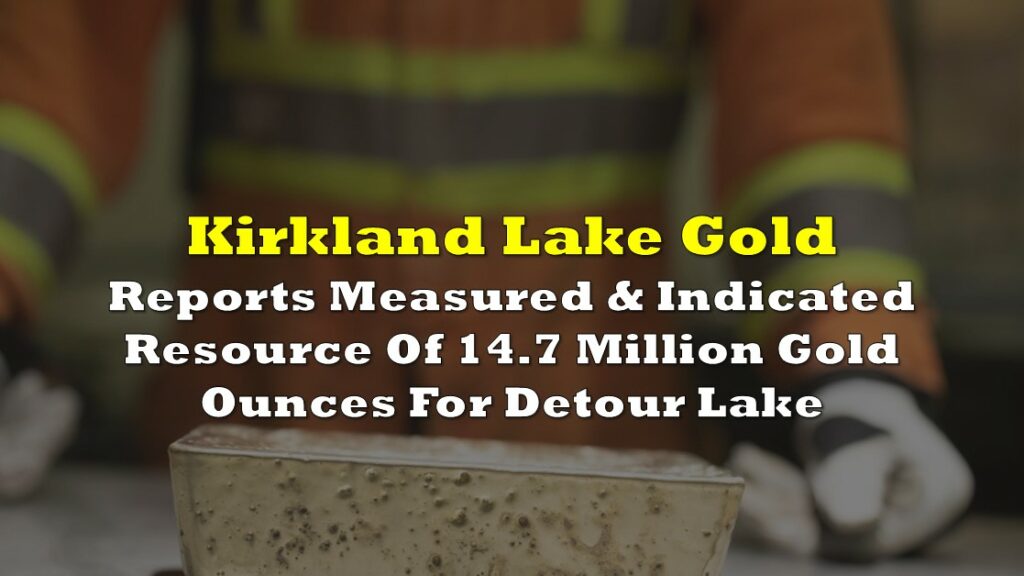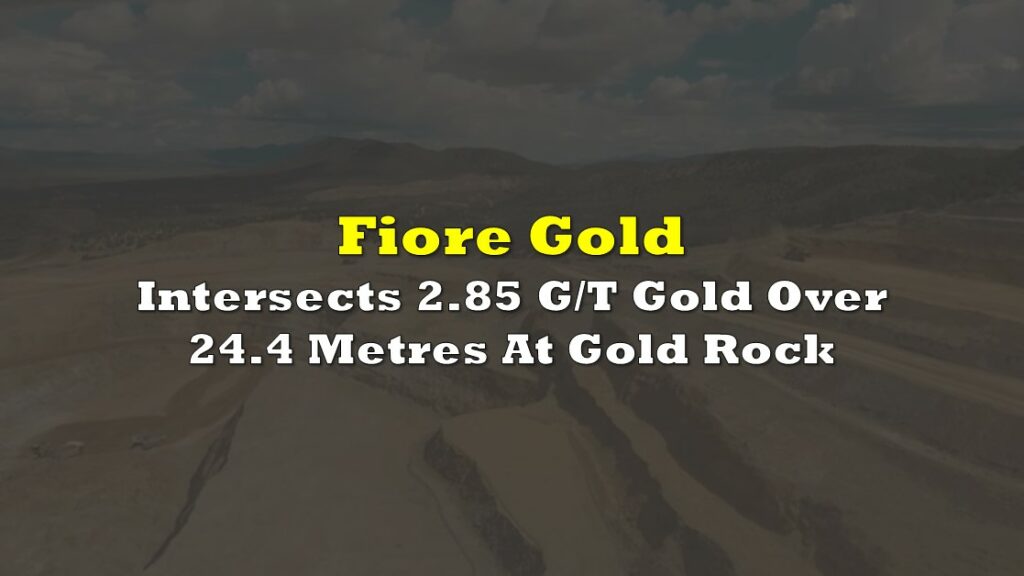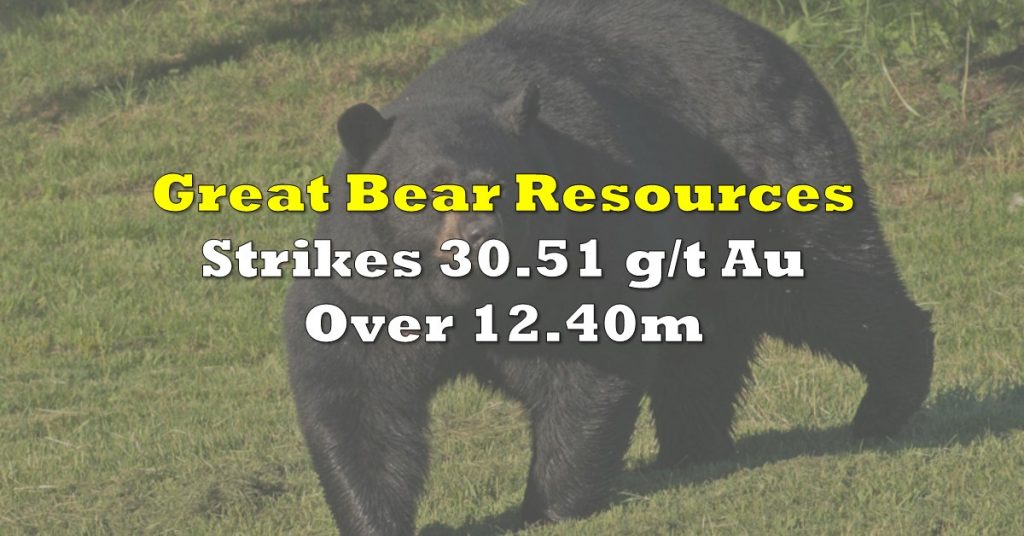On November 17, Canarc Resource Corp. (TSX: CCM) announced disappointing drilling results on the Hard Cash property in Nunavut, Canada, a property which Canarc listed as one of its six core properties in its November 2020 investor presentation. Interestingly, Canarc disclosed its decision on Hard Cash the day after it closed on a C$8.4 million private placement of common stock and warrants.

Assay results from the August 2020 1,019-meter drill program indicated only narrow low grade intervals of gold. More significantly, Canarc concluded that Hard Cash likely does not contain a significant, shear zone-hosted, orogenic gold discovery. As a consequence, Canarc decided to end its option agreement on the property with Silver Range Resources Ltd.
Below are some of the key drilling data results at Hard Cash.
| Hole | From (m) | To (m) | Length (m) | Gold (g/t) | Silver (g/t) | Silver Equiv (g/t) |
| HC-20-RC-01 | 90.0 | 93.0 | 3.0 | 3.12 | 7.00 | 3.21 |
| HC-20-RC-02 | 132.0 | 133.5 | 1.5 | 3.32 | 10.8 | 3.45 |
| HC-20-RC-03 | 81.0 | 87.0 | 6.0 | 1.53 | 5.63 | 1.60 |
| HC-20-RC-04 | 58.5 | 60.0 | 1.5 | 1.10 | 0.51 | 1.10 |
| HC-20-RC-07 | 136.5 | 138.0 | 1.5 | 5.04 | 5.80 | 5.11 |
In late November 2018, Canarc signed an option agreement with Silver Range where it could earn a 100% interest in Hard Cash if it made the following cash and stock payments to Silver Ridge.
- Within five business days – $10,000 cash, 100,000 shares
- On or before the first anniversary – $20,000 cash, 200,000 shares
- On or before the second anniversary – $30,000 cash, 300,000 shares
- On or before the third anniversary – $40,000 cash, 400,000 shares
- On or before the fourth anniversary – $50,000 cash, 500,000 shares
Presumably, Canarc’s action to terminate the option agreement in mid-November 2020 obviates the need to make the second anniversary payment.
Modest Negative Operating Income and Cash Flow Losses
Canarc is a pre-revenue company, so it will by definition generate losses and negative operating cash flow. It has controlled its operating losses and operating cash flow deficits well over the last year, although those losses accelerated in the third quarter. Canarc’s balance sheet is solid; it had in excess of US$2 million of cash and no debt as of September 30, 2020. Furthermore, and as noted above, the company raised C$8.4 million of cash via private placements in the fourth quarter.
| (in thousands USD) | 3Q 2020 | 2Q 2020 | 1Q 2020 | 4Q 2019 | 3Q 2019 |
|---|---|---|---|---|---|
| Operating Income | ($503) | ($265) | ($186) | ($257) | ($180) |
| Operating Cash Flow | ($350) | ($164) | ($305) | ($97) | ($89) |
| Cash & Marketable Securities | $2,351 | $1,799 | $1,762 | $2,027 | $2,682 |
| Debt | $0 | $0 | $0 | $0 | $0 |
| Shares Outstanding (Millions) | 244.2 | 242.7 | 242.7 | 242.7 | 242.1 |
Aside from Hard Cash, Canarc has other promising gold properties, the most notable of which is the high-grade New Polaris project in British Columbia. It was a past-producing mine and has estimated mineral resources of more than three million tonnes (combined indicated and inferred resources). New Polaris may contain more than one million ounces of gold (again combining indicated and inferred ounces).
Conclusion
Canarc considers itself to be a growth junior mining company and has a number of projects it may develop over time. In August 2020, it announced a plan to focus on its Canadian properties and, reflecting that, intends to change its corporate name to Canagold Resources Ltd while also conducting a one for five share consolidation. Given this strategy emphasis, the Hard Cash drilling results have to be considered disappointing.
Canarc Resource last traded at $0.18 on the TSX.
Information for this briefing was found via Sedar and the companies mentioned. The author has no securities or affiliations related to this organization. Not a recommendation to buy or sell. Always do additional research and consult a professional before purchasing a security. The author holds no licenses.









